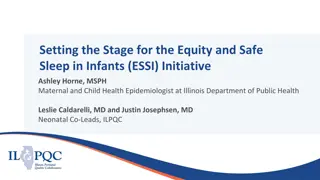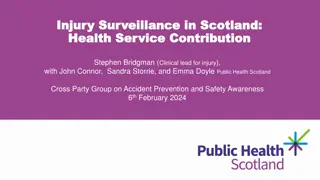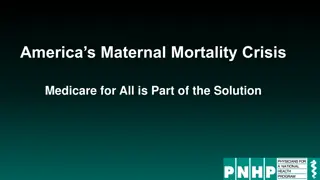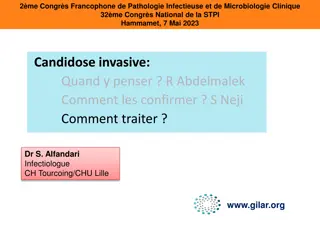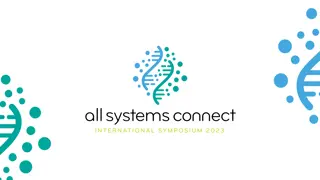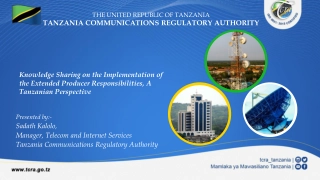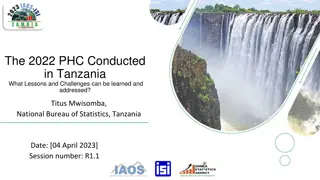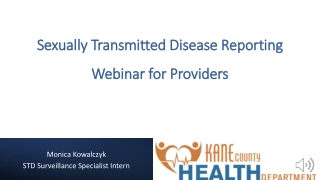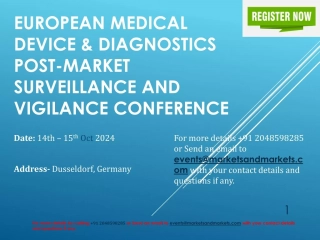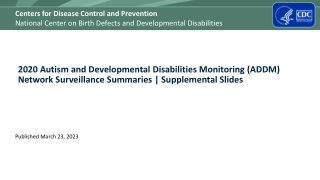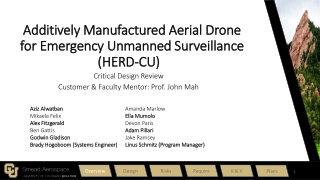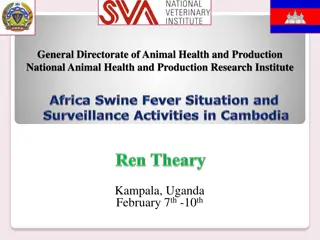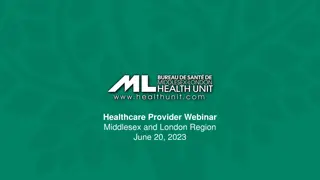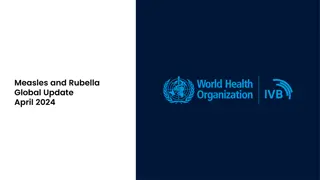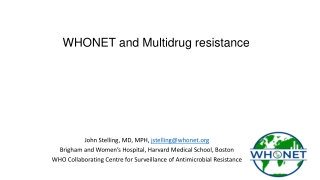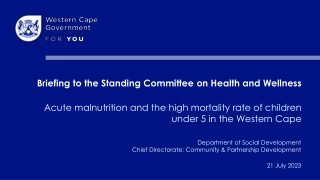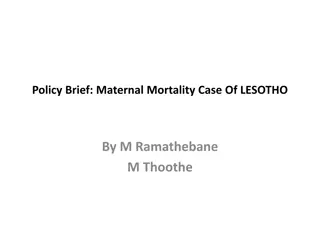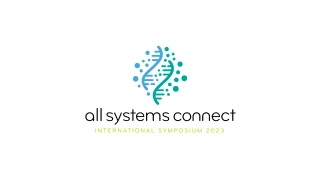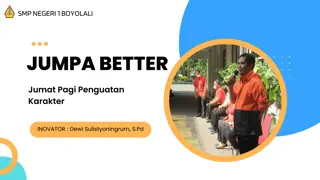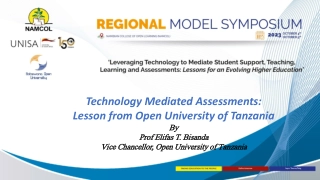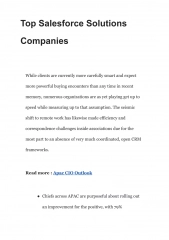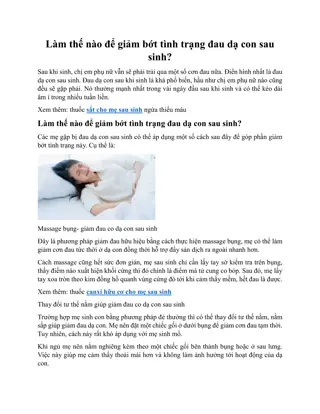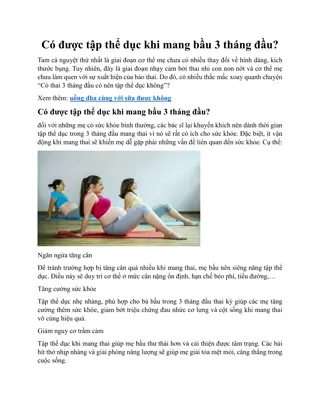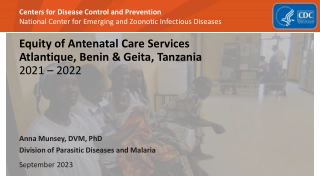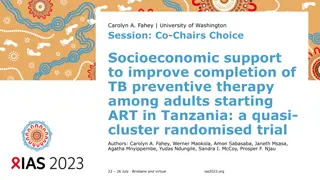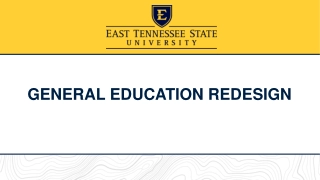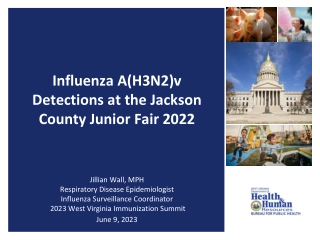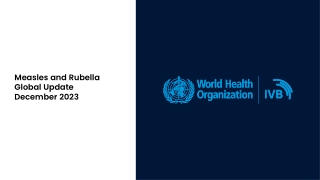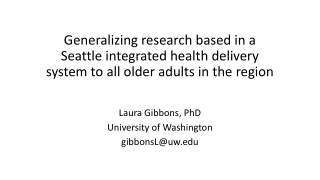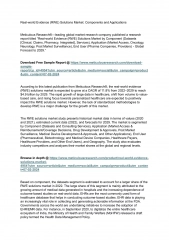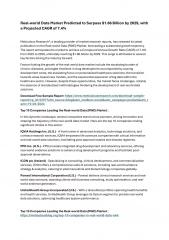Strengthening Mortality Surveillance in Tanzania: The SAVVY Experience
This presentation discusses the SAVVY study conducted in Tanzania to improve mortality surveillance using the SAmple Vital events registration with Verbal autopSY approach. It addresses the challenges of capturing death events in a diverse population with limited vital statistics systems. The study aims to enhance the identification and reporting of HIV/AIDS deaths and other major causes of mortality to support national health programs.
Strengthening Mortality Surveillance in Tanzania: The SAVVY Experience
PowerPoint presentation about 'Strengthening Mortality Surveillance in Tanzania: The SAVVY Experience'. This presentation describes the topic on This presentation discusses the SAVVY study conducted in Tanzania to improve mortality surveillance using the SAmple Vital events registration with Verbal autopSY approach. It addresses the challenges of capturing death events in a diverse population with limited vital statistics systems. The study aims to enhance the identification and reporting of HIV/AIDS deaths and other major causes of mortality to support national health programs.. Download this presentation absolutely free.
Presentation Transcript
Introduction Study Overview Results Dissemination Process In Conclusion End The Seven Deadly Diseases From Mortality Data to Disease Identification A SAVVY Experience in Tanzania 5th Annual Disease Modeling Symposium Bellevue, WA, USA April 18th - 20th, 2017 Isaac Lyatuu
Introduction Study Overview Results Dissemination Process In Conclusion End Overview of the presentation Study overview, approach and experiences Share results (leading causes of death) Emerging opportunities
Introduction Study Overview Results Dissemination Process In Conclusion End Study Motivation Tanzania ~ 50M Population ~ 947K Km2 Area ~ 50/50 Urban/Rural Residence ~ 50 % HF Utilization No comprehensive vital events registration system
Introduction Study Overview Results Dissemination Process Opportunities ahead End Question How to capture death events (the seven deadly diseases) in a large population with no complete & comprehensive civil registration and vital statistics, that is diverse and has hard to reach areas ?
Introduction Study Overview Results Dissemination Process In Conclusion End Response Ifakara Health Institute, in collaboration with Ministry of Health and Social Welfare, The National Bureau of Statistics, and the National Institute for Medical Research embarked into a study named it SAVVY SAVVY : SAmple Vital events registration with Verbal autopSY. Funding came from CDC, the Global Fund
Introduction Study Overview Results Dissemination Process In Conclusion End Study Objectives To strengthen the capacity of the United Republic of Tanzania (Mainland) to collect and use mortality surveillance data to assist managing national HIV/AIDS programs by expanding community based identification and reporting of HIV/AIDS deaths Complementary Goals Produce identification of changes in the proportion of children dying from AIDS-related conditions Produce other major causes of death and monitoring trends in other mortality indicators relevant to MDGs
Introduction Study Overview Results Dissemination Process In Conclusion End Study Design The goal was to obtain National Representative Sample. ? =?2?? 1.962 0.002 0.998 0.00042 = 47,923.96persons to be interviewed = ?2 Adjusted for 10% non-response rate, gender, household size (based on 2002 census population), We ended up with 20,881.90 ~ 20,900 households Adjusted for 8 zones stratification, We ended up with 167,200 households for the whole study
Introduction Study Overview Results Dissemination Process In Conclusion End Study Design 2 Stage Sampling using PPS Stage 1: Selection of 23 districts sampled with no replacement using PPS. Out of 119 districts, 23 districts were selected Stage 2: Selected districts stratified by zone, and grouped by ward, village/EA and streets, number of household and number of households. (Some exclusion criteria such as existing HDSS sites)
Introduction Study Overview Results Dissemination Process In Conclusion End Community Level Actor District Level Actor
Introduction Study Overview Results Dissemination Process In Conclusion End Process Mapping
Introduction Study Overview Results Dissemination Process In Conclusion End Results
Introduction Study Overview Results Dissemination Process In Conclusion End Results: Baseline Census 644,382 individuals 154,911 households
Introduction Study Overview Results Dissemination Process In Conclusion End Results: Population Pyramid 51.5% National Census 51.3% 48.5% National Census 48.7%
Introduction Study Overview Results Dissemination Process In Conclusion End Results: Residency 33% Compared to National Census: 29% 67% Compared to National Census: 71%
Introduction Study Overview Results Dissemination Process In Conclusion End Results: Number of Deaths All deaths17,221 Deaths reported in 2013-2014 8,655
Introduction Study Overview Results Dissemination Process In Conclusion End Results: The Seven Deadly Diseases 0 4 Years 5 14 Years AFI incl Malaria Malaria Injuries & Accidents Fetus or newborn affected Diarrhoeal diseases Stillbirth Malnutrition Pneumonia/ARI HIV disease Birth asphyxia, or other Epilepsy Prematurity and low birth Pneumonia/ARI Malnutrition Sickle cell disorders Bacterial sepsis of newborn Undetermined Injuries & Accidents Disorders of the kidney HIV disease 0 5 10 15 20 25 30 35 40 0.0 10.0 20.0 30.0 40.0 50.0 Female Male Female Male
Introduction Study Overview Results Dissemination Process Opportunities ahead End Results: The Seven Deadly Diseases 50+ Years 15 - 49 Years HIV disease Disease of the Injuries & Accidents AFI incl. Malaria AFI incl. Malaria Neoplasms Tuberculosis Tuberculosis HIV disease Disease of the Maternal causes Senility/oldage Ill-defined & Diabetes mellitus Diarrhoeal diseases Injuries & Accidents Neoplasms Diarrhoeal diseases Liver disease Ill-defined & 0.0 5.0 10.0 15.0 20.0 25.0 30.0 35.0 0.0 5.0 10.0 15.0 20.0 25.0 Female Male Female Male
Introduction Study Overview Results Dissemination Process In Conclusion End Results Dissemination Integrated with routine structure and it provides feedback to district health authorities Helps to produce district DHP and HSSP documents and other health sector indicators Internal processes of reporting (funders, IHI and MoH) Publication: Int.J. Epid. Data Resource Profile (2014) Full report including (2013 & 2014 data) Knowledge gained help to build models for determining causes of deaths given the verbal autopsy document
Introduction Study Overview Results Dissemination Process In Conclusion End
Introduction Study Overview Results Dissemination Process In Conclusion End Opportunities ahead? Death occurs Challenges Time consuming Bias Delayed availability of prediction
Introduction Study Overview Results Dissemination Process In Conclusion End Opportunities ahead? Death occurs Math models & Computational Approaches InterVA (Statistical & Bayesian model) SmartVA (Tariff Model) InsilicoVA (Hierarchical Bayesian Model)
Introduction Study Overview Results Dissemination Process In Conclusion End Thank you Thank the SAVVY team


